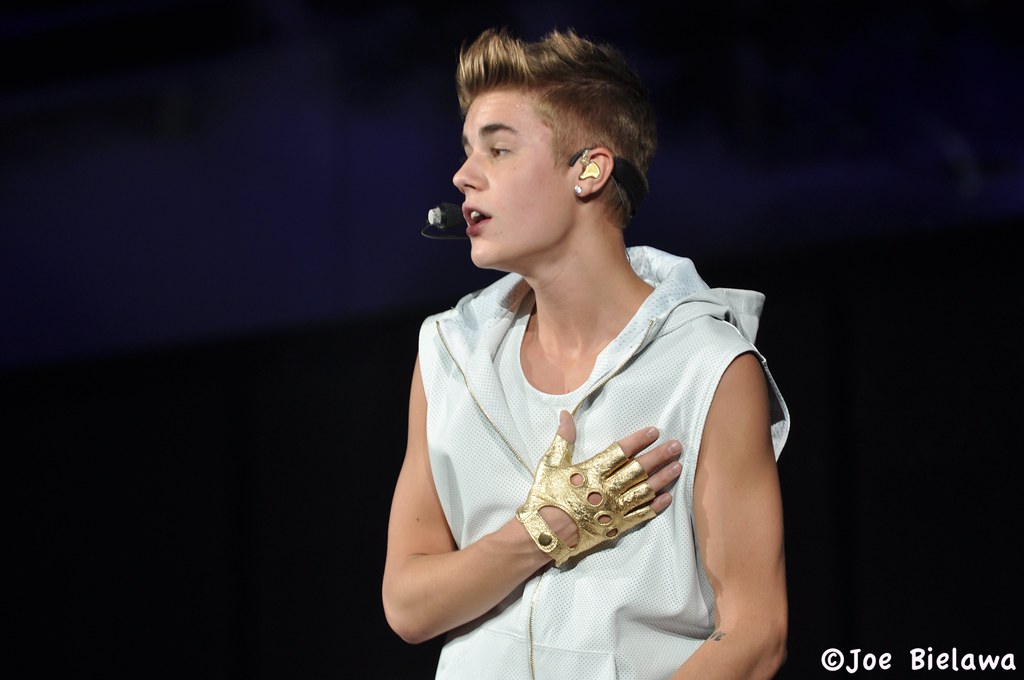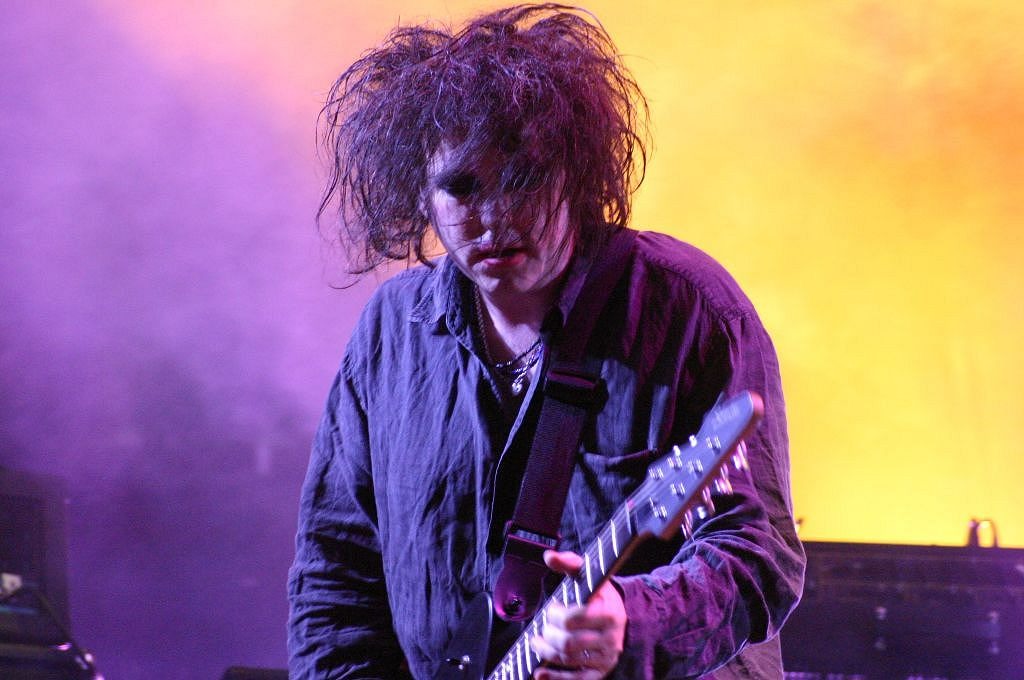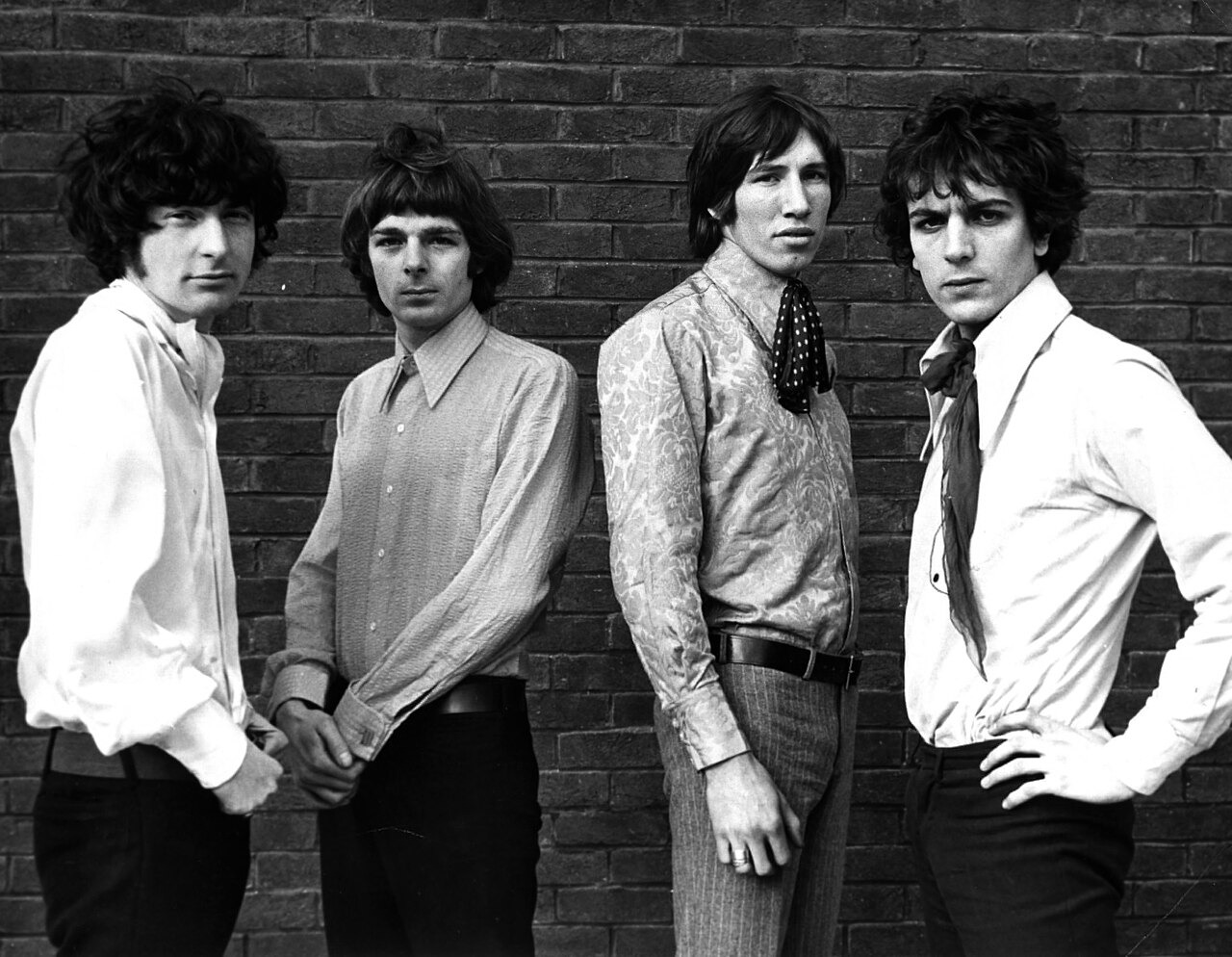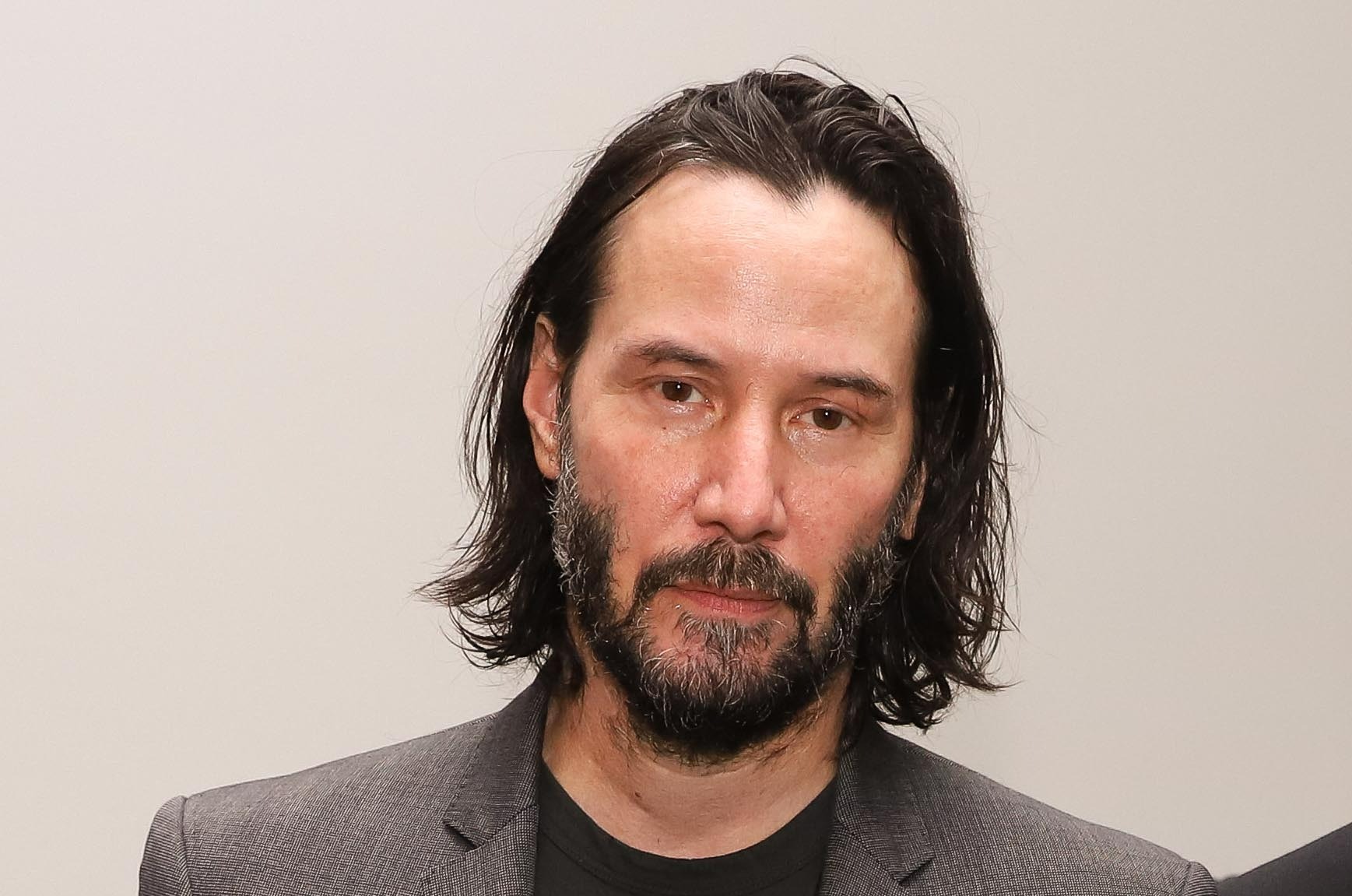It started with photos on a prison cell wall and ended with hedge clippers and a foiled murder plot. The chilling conspiracy to kidnap, castrate, and murder Justin Bieber reveals a dangerous reality that gets buried beneath celebrity gossip and tour announcements.
Former corrections officer Edgar Pinon pulled back the curtain on Investigation Discovery’s “Hollywood Demons,” describing how Dana Martin – already serving two life sentences for raping and murdering a teenager – became fixated on the pop star with an intensity that jumped the guardrails from fan to predator.
Behind bars but hardly contained, Martin recruited Mark Staake (a fellow inmate) and his nephew Tanner Ruane to execute a plot that reads like a horror script no studio would touch. The plan included murdering a Vermont couple before targeting Bieber and his bodyguard at a New York concert venue. And yes, those hedge clippers were meant exactly for what you’re thinking.
“The plot included plans to castrate Bieber using hand-held hedge clippers,” Pinon revealed in the documentary. Martin’s twisted logic? The mutilation would make him infamous – the ultimate backstage pass to notoriety.
Law enforcement intercepted Staake and Ruane in November 2012 during their interstate journey, likely saving multiple lives. Their timely intervention prevented what could have been a horrific attack on the then-teenage pop star who had no knowledge of the threat against him.
Both conspirators faced justice through the legal system – Staake received nine years for conspiracy to commit first-degree murder, while Ruane met similar consequences. Martin, meanwhile, got an upgrade to maximum security accommodations, where he reportedly bragged about “completely getting away with putting a hit on Justin Bieber.”
This case represents an extreme manifestation of what psychologists have studied as “celebrity worship syndrome,” where parasocial relationships can sometimes transform from harmless admiration into dangerous fixation. The phenomenon exists on a spectrum, with most fans expressing healthy appreciation, but cases like Martin’s demonstrate how severely these attachments can distort in vulnerable individuals.
For stars like the Gollum meme-ing Bieber, who essentially grew up in public view, the boundaries between performer and audience have always been paper-thin. Social media created the illusion of direct access – a digital backstage pass that sometimes emboldens those with unhealthy fixations.
Bieber hasn’t directly addressed this specific incident, though he’s acknowledged fame’s psychological toll. “There’s a lot of vulnerable moments,” he noted in his 2021 documentary, worlds away from the narrative of privilege that dominates discourse about celebrity life.
The truly unsettling part isn’t that this happened to someone famous – it’s that when obsession reaches this temperature, the boundary between fantasy and action melts completely. This case serves as a stark reminder that behind the curated Instagram feeds lies a reality where fame’s dark side occasionally manifests in genuinely dangerous ways.


























